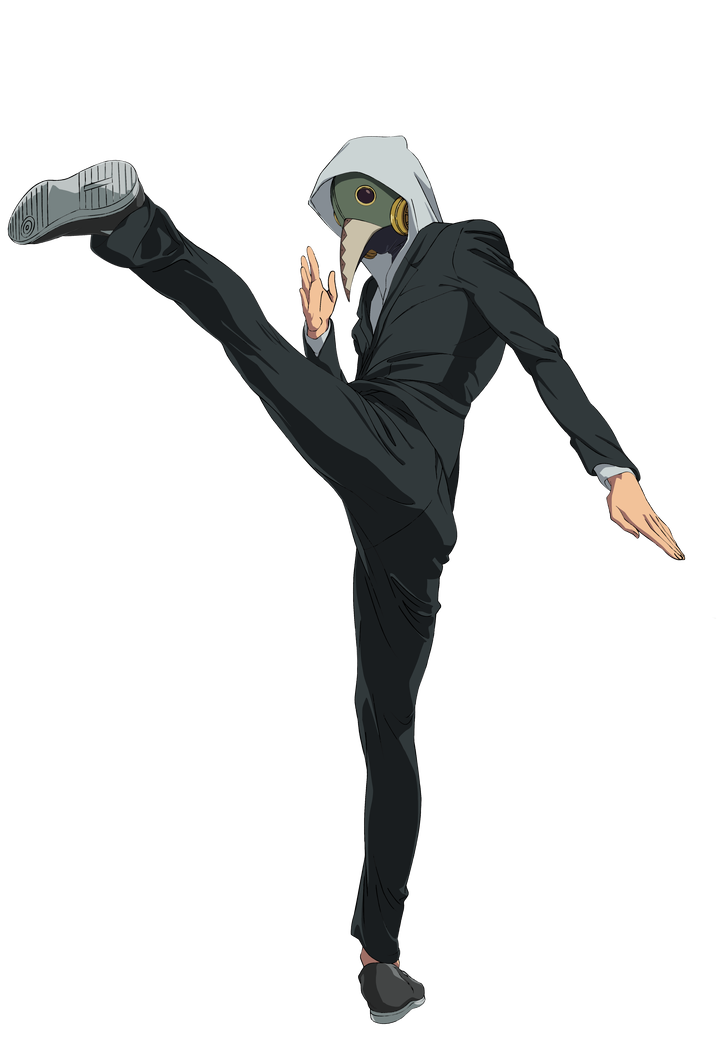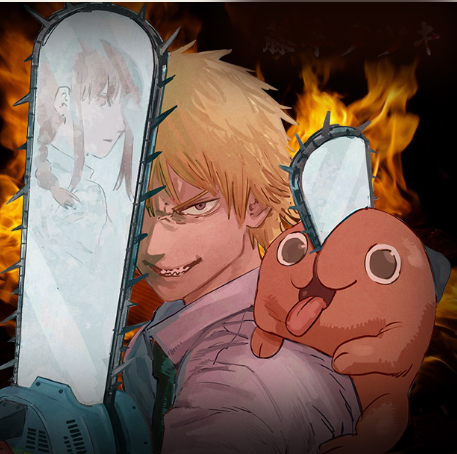# Unlocking Chainsaw Man: Surprising Secrets of Its Unique Story Structure!
Chainsaw Man, the sensational manga series by Tatsuki Fujimoto, has captivated readers with its unique blend of horror, humor, and heart. Many readers are drawn to its thrilling action sequences and bizarre characters, but the true magic lies in its innovative story structure. In this column, we will delve into the surprising secrets that make Chainsaw Man a standout in the manga world. Buckle up as we explore its narrative intricacies, thematic depth, and character development that unlocks a new realm of storytelling.
The Art of Unpredictability
One of the most striking features of Chainsaw Man is its unpredictability. From the very first chapter, readers find themselves on a roller coaster of unexpected twists and turns. The plot doesn’t adhere to conventional storytelling norms, where heroes triumph and villains are easily defined. Instead, Chainsaw Man thrives on chaos, often flipping character arcs and plotlines on their heads. This unpredictability keeps readers on their toes and instills a sense of excitement that is hard to replicate.
What’s more exhilarating is how this chaos enhances emotional investment in the characters. When you can’t predict what will happen next, the stakes feel higher, and the journey becomes more personal. Each moment of heartbreak or victory resonates deeply, fostering a connection that makes every shocking event even more impactful. This thrill of unpredictability is a breath of fresh air in a genre that can sometimes feel predictable, reminding us that life is full of surprises.
Moreover, this narrative choice reflects the chaotic nature of life itself. Chainsaw Man serves as a reminder that our journeys often defy neat and tidy resolutions and can be filled with unexpected twists. Embracing this chaos allows readers to find beauty in the unpredictable moments of their own lives—a powerful message that enriches the reading experience and gives us all hope for the future.
Character-Driven Narrative
At the heart of Chainsaw Man’s story structure lies its richly developed characters. Denji, the protagonist, is not your typical hero; he is flawed, desperate, and relatable. His journey isn’t just about defeating devils; it’s about seeking a sense of belonging and happiness in a world that has offered him little. This character-driven approach invites readers to connect deeply with Denji’s struggles and triumphs, making the narrative feel even more poignant.
Each character in Chainsaw Man serves a purpose, contributing to the overarching themes of the narrative. From the enigmatic Makima to the fierce Power, every character brings their unique flair to the table. Their interactions are filled with tension and complexity, adding layers to the story that turn it into more than just a sequence of battles and confrontations. This richness encourages readers to explore their own interpretations and emotional responses, making them feel a part of the story’s vibrant world.
Furthermore, the relationships between characters often defy traditional tropes. Friendships are messy, betrayals are commonplace, and every bond feels genuine. This authenticity adds depth to the narrative, prompting readers to reflect on their own relationships and the nature of human connections. Chainsaw Man doesn’t merely tell a story; it evokes feelings, ensuring that each moment resonates long after the final page is turned.
Thematic Depth in a Supernatural World
Beneath the surface of Chainsaw Man’s wild action and dark humor lies a profound exploration of various themes. At its core, the series grapples with the nature of desire, the impact of trauma, and the quest for identity. Denji’s relentless pursuit of a better life reflects the universal human experience of striving for happiness amid adversity—a theme that resonates with readers from all walks of life.
The devils in Chainsaw Man represent the fears and anxieties that plague society. From the Gun Devil to the Blood Devil, each antagonist personifies a specific terror that resonates with the reader’s psyche. This thematic richness fosters a deeper engagement with the narrative, making it possible for readers to draw parallels between the characters’ struggles and their own lives. It’s not just about supernatural battles; it’s a reflection on the human condition that encourages introspection.
Additionally, Chainsaw Man invites readers to ponder what it means to be human. As characters grapple with their identities, the story prompts us to question our values and beliefs. Are we defined by our struggles or our desires? This philosophical inquiry adds a layer of complexity to the manga, inviting readers to enjoy the escapism while reflecting on their own lives, choices, and dreams.
Subverting Tropes and Expectations
Chainsaw Man takes familiar tropes from the shonen genre and flips them on their heads. Instead of a clear-cut hero’s journey, we are presented with a narrative filled with moral ambiguity. Characters who seem to embody the “heroic” archetype often display darker tendencies, while those labeled as villains reveal their relatable motivations. This subversion of expectations keeps readers engaged, encouraging them to reconsider their perspectives on good and evil.
By breaking these conventions, Chainsaw Man encourages readers to embrace complexity. Life isn’t neatly categorized into heroes and villains; it is filled with shades of gray. This nuanced portrayal not only makes for a more compelling narrative but also fosters a sense of empathy towards characters that may initially appear antagonistic. It’s a powerful reminder that everyone has a story, and understanding those stories can lead to greater compassion.
Moreover, this approach allows Chainsaw Man to delve into the consequences of power and ambition. The characters’ desires often lead to unforeseen repercussions, highlighting the idea that pursuing one’s goals can come at a significant cost. This exploration of ambition challenges us to think critically about our own pursuits and the impact of our choices, making the tale not just thrilling but also reflective of the choices we grapple with daily.
Conclusion: A New Era of Storytelling
Chainsaw Man stands as a testament to the evolution of storytelling in manga. Through its unpredictable plot, character-driven narrative, thematic depth, and subversion of tropes, it has carved a unique niche in the world of comics. By embracing chaos and complexity, Chainsaw Man invites us into a world that mirrors the struggles and triumphs of real life while providing thrilling escapism.
As we unlock the secrets of Chainsaw Man’s story structure, let’s remember that this series is more than just a tale of action and adventure. It encourages us to embrace the unpredictability of our own lives, to cherish our connections with others, and to reflect on our desires and ambitions. So, dive into the chaos, cherish the complexity, and always remember: no matter the twists and turns, you have the power to shape your own story! Keep pushing forward, and let your journey be as vibrant and thrilling as the world of Chainsaw Man!

